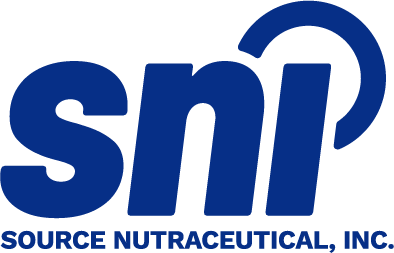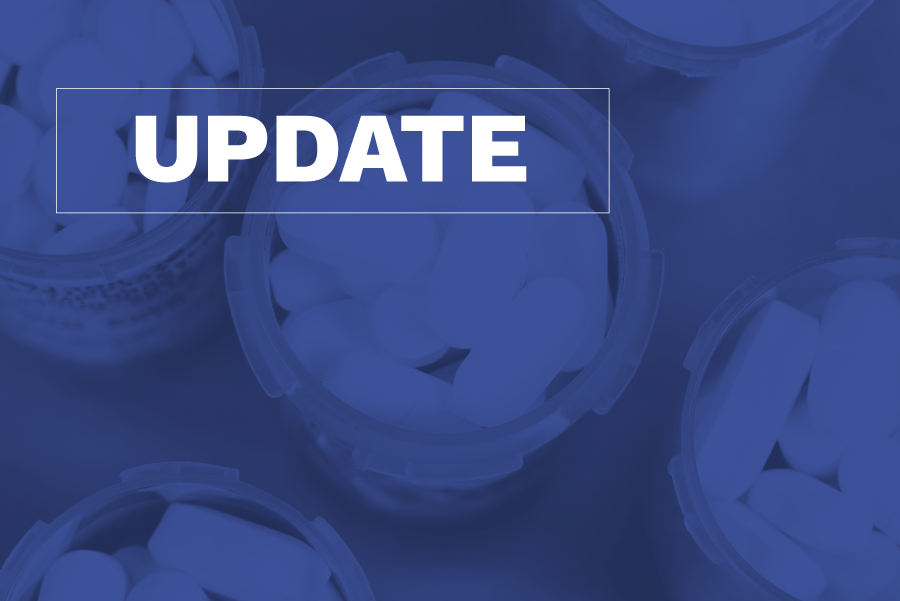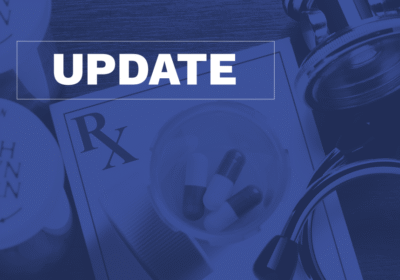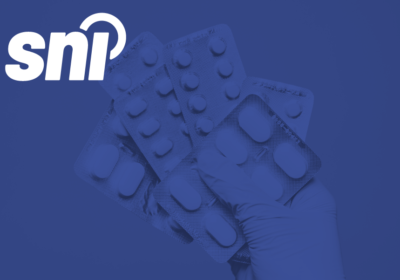
When most people think about prescription drugs, they may not consider the regulatory framework that determines which medicines are available only by prescription. But in Canada, this distinction is critically important and tightly governed by Health Canada through its Prescription Drug List (PDL).

In a recent regulatory update published on April 29, 2025, Health Canada announced the addition of nine new medicinal ingredients to the PDL for human and/or veterinary use. This update highlights Health Canada’s commitment to ensuring drug safety, efficacy, and oversight in alignment with section C.01.040.3 of the Food and Drug Regulations.
Let’s unpack what these changes mean for healthcare professionals, pharmaceutical companies, and Canadian patients.
What Is the Prescription Drug List (PDL)?
The Prescription Drug List (PDL) is a tool maintained by Health Canada that identifies which drugs require a prescription to be sold legally in Canada. This list is divided into two parts: one for human use and one for veterinary use. The goal is to ensure that medications with higher risks—due to their side effects, mechanism of action, or complexity—are only accessible under the supervision of a healthcare professional.
Drugs are added to the PDL when scientific assessments determine that unsupervised use could lead to health risks, misuse, or incorrect dosing. Health Canada uses a well-documented process based on evidence, expert consultation, and regulatory policy.
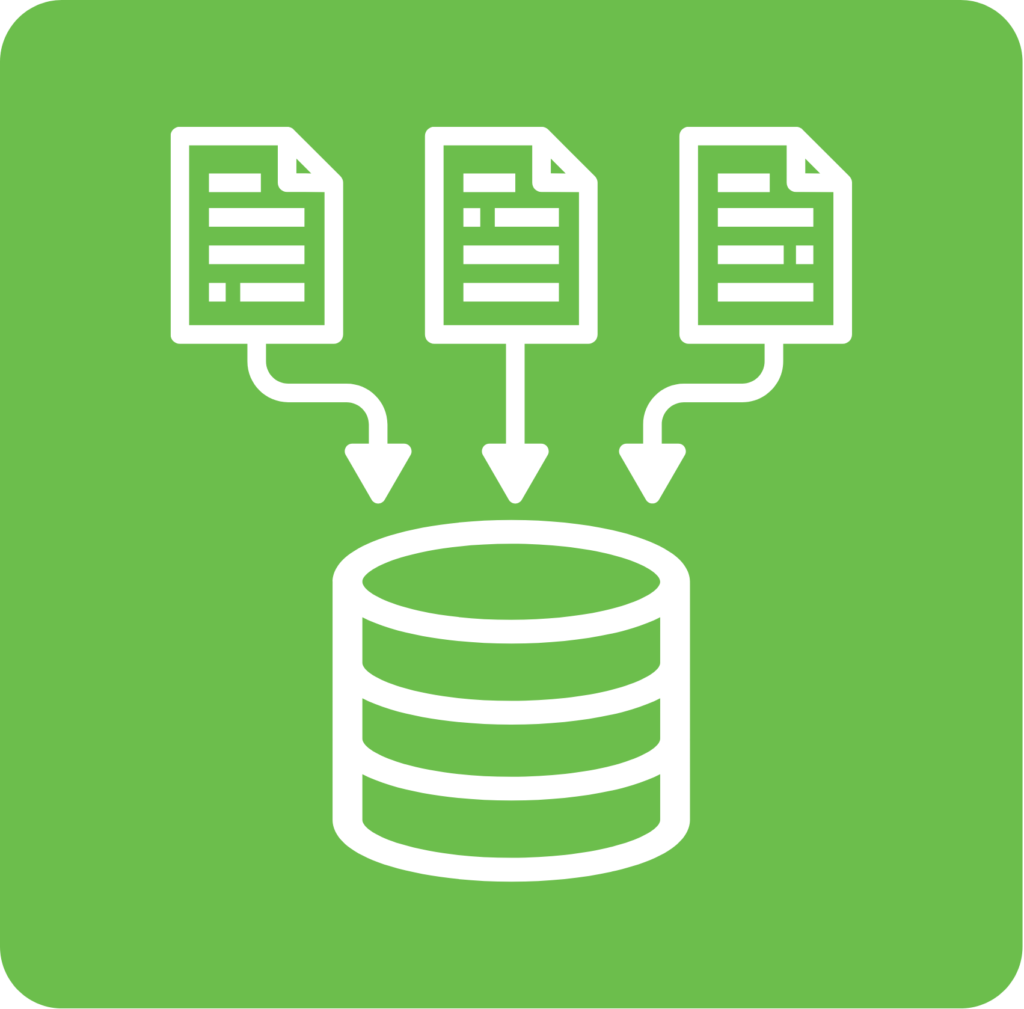
What does it mean when new entries are added to the Prescription Drug List (PDL)?
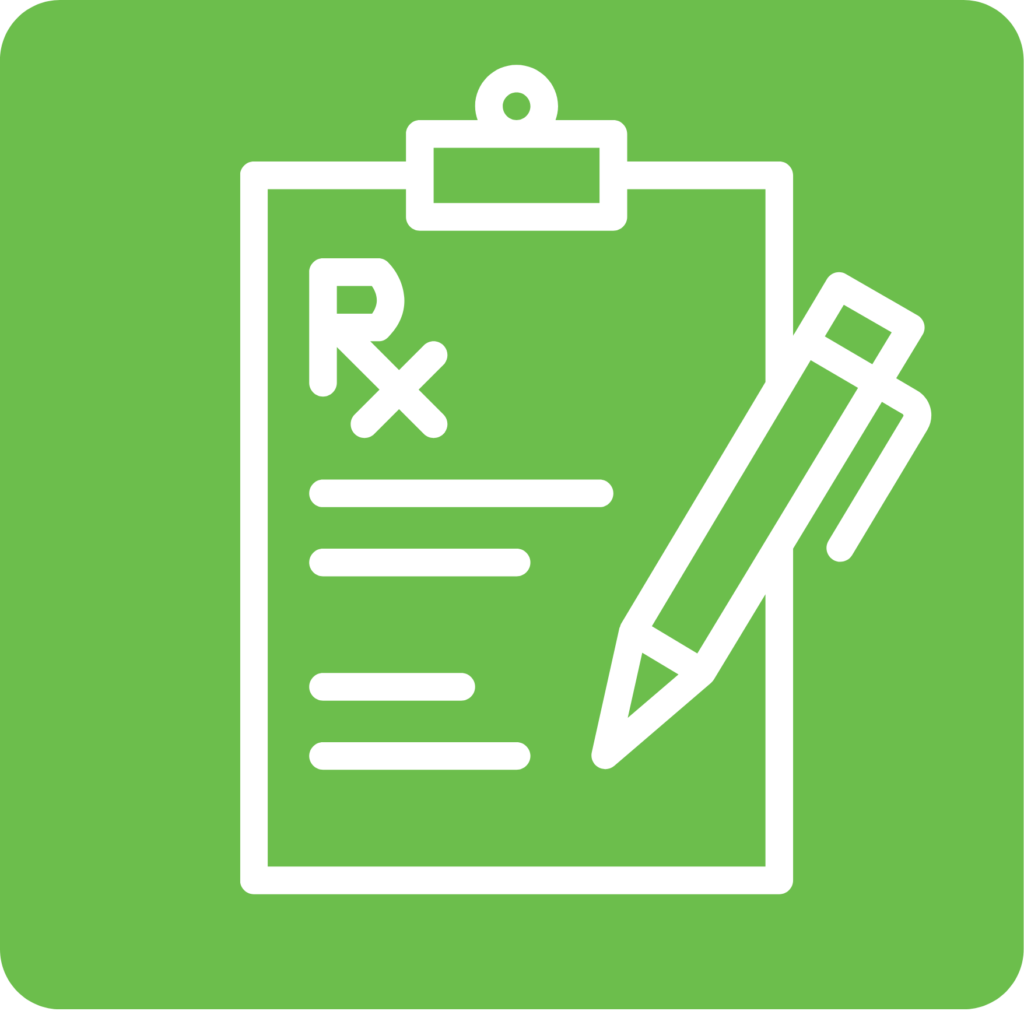
When new drugs are added to Canada’s Prescription Drug List (PDL), it means those medications are now classified as requiring a prescription for legal sale. This decision follows a thorough review by Health Canada to ensure the drug’s safety, efficacy, and appropriate use. The drugs added to the PDL are deemed to have potential risks or complexities that necessitate professional oversight. As a result, patients can no longer access these medications over-the-counter and must obtain them through a licensed healthcare provider.

This regulatory update ensures that drugs with higher risks, such as those with complex side effects or specific therapeutic uses, are prescribed and monitored by healthcare professionals. It also impacts the pharmaceutical industry, which must adjust marketing, distribution, and labelling practices to comply with new prescription requirements. Ultimately, adding drugs to the PDL enhances patient safety by ensuring that they are used appropriately and under medical supervision.
Which Drugs Were Added in April 2025?
In its April 29 notice, Health Canada announced the addition of the following new active ingredients to the PDL:
Added for Human and Veterinary Use:
- Efanesoctocog alfa
- Inavolisib (and its salts)
- Loncastuximab tesirine
- Retifanlimab
- Rozanolixizumab
- Sipavibart
- Tofersen
- Vaborbactam
Added for Human Use Only:
- Fecal microbiota (human origin)
These additions took effect immediately upon publishing.
Why Were These Drugs Added?
Health Canada requires that a drug meet one or more of the following criteria to warrant prescription status:
- It may present a risk to human health if used without the supervision of a practitioner.
- It requires a practitioner’s diagnosis for safe use.
- It is intended for conditions that are not easily self-diagnosed.
- It has a narrow margin of safety or poses the risk of dependency.
Specific drugs added to the list and the rationale for their inclusion:
Altuviiio (Efanesoctocog alfa): This recombinant fusion protein is used in the management of hemophilia A, offering routine prophylaxis, treatment of bleeding episodes, and surgical bleeding control.
Itovebi (Inavolisib): When combined with palbociclib and fulvestrant, inavolisib is used to treat hormone receptor-positive, HER2-negative, PIK3CA-mutated advanced breast cancer that is resistant to endocrine therapy.
Kavigale (Sipavibart): Sipavibart is authorized for preexposure prophylaxis of COVID-19 in immunocompromised patients or those for whom vaccination is not recommended.
Qalsody (Tofersen): Used for treating amyotrophic lateral sclerosis (ALS) associated with mutations in the SOD1 gene.
Rebyota (Fecal Microbiota): Administered to prevent recurrent Clostridioides difficile infection (CDI) in adults post-antibiotic treatment.
Rystiggo (Rozanolixizumab): Designed for the treatment of generalized myasthenia gravis in adults who are AChR or MuSK antibody-positive.
Vabomere (Meropenem/Vaborbactam): A carbapenem and β-lactamase inhibitor combination used to treat a range of serious Gram-negative bacterial infections, including complicated UTIs and hospital-acquired pneumonia.
Zynlonta (Loncastuximab tesirine): Indicated as monotherapy for certain forms of relapsed or refractory diffuse large B-cell lymphoma (DLBCL), especially when CAR-T therapy is not an option.
Zynyz (Retifanlimab): Approved as first-line treatment for adults with metastatic or recurrent Merkel cell carcinoma (MCC) not amenable to surgery or radiation.
Impact of These Changes
For healthcare professionals, these additions mean updated prescribing practices, patient monitoring responsibilities, and potentially altered treatment pathways. Patients who were previously accessing these therapies under clinical trial or compassionate-use scenarios will now require formal prescriptions.
Pharmaceutical companies and importers must also align with the new regulations, including updating labelling and distribution processes to reflect the prescription status.

Regulatory Context

This update stems from Health Canada’s mandate to ensure that drug products meet the standards set out under the Food and Drug Regulations. The decision-making process involves reviewing safety, efficacy, and therapeutic necessity, and takes into account current clinical practices and international regulatory trends.
For those interested, Health Canada’s “Guidance Document: Determining Prescription Status for Human and Veterinary Drugs” provides a thorough explanation of how these determinations are made.

Final Remarks
With these nine additions, Health Canada reinforces its role in safeguarding public health through timely and evidence-based regulatory action. The updated Prescription Drug List ensures that Canadians have access to advanced therapies while maintaining essential oversight to prevent misuse or misdiagnosis.
Whether it’s a cutting-edge ALS treatment or a novel option for COVID-19 prophylaxis, each addition represents progress in therapeutic innovation—balanced by regulatory diligence.
Frequently Asked Questions (FAQ)
What is the Prescription Drug List (PDL)?
The PDL is Health Canada’s official list of drugs that require a prescription for legal sale. It helps manage risk by ensuring medical supervision for certain treatments.
Why were these nine drugs added now?
Following scientific review, Health Canada determined that these drugs pose potential risks that require prescription-only access. Their inclusion ensures controlled and safe use.
When did this regulatory change take effect?
The additions came into force immediately upon the publication of the amendment on April 29, 2025.
Do these drugs affect veterinary medicine as well?
Most of the listed drugs are for human use, but some are applicable to both human and veterinary contexts depending on their classification.
Where can I find the full list and official notice?
Visit Health Canada’s website to learn more.
